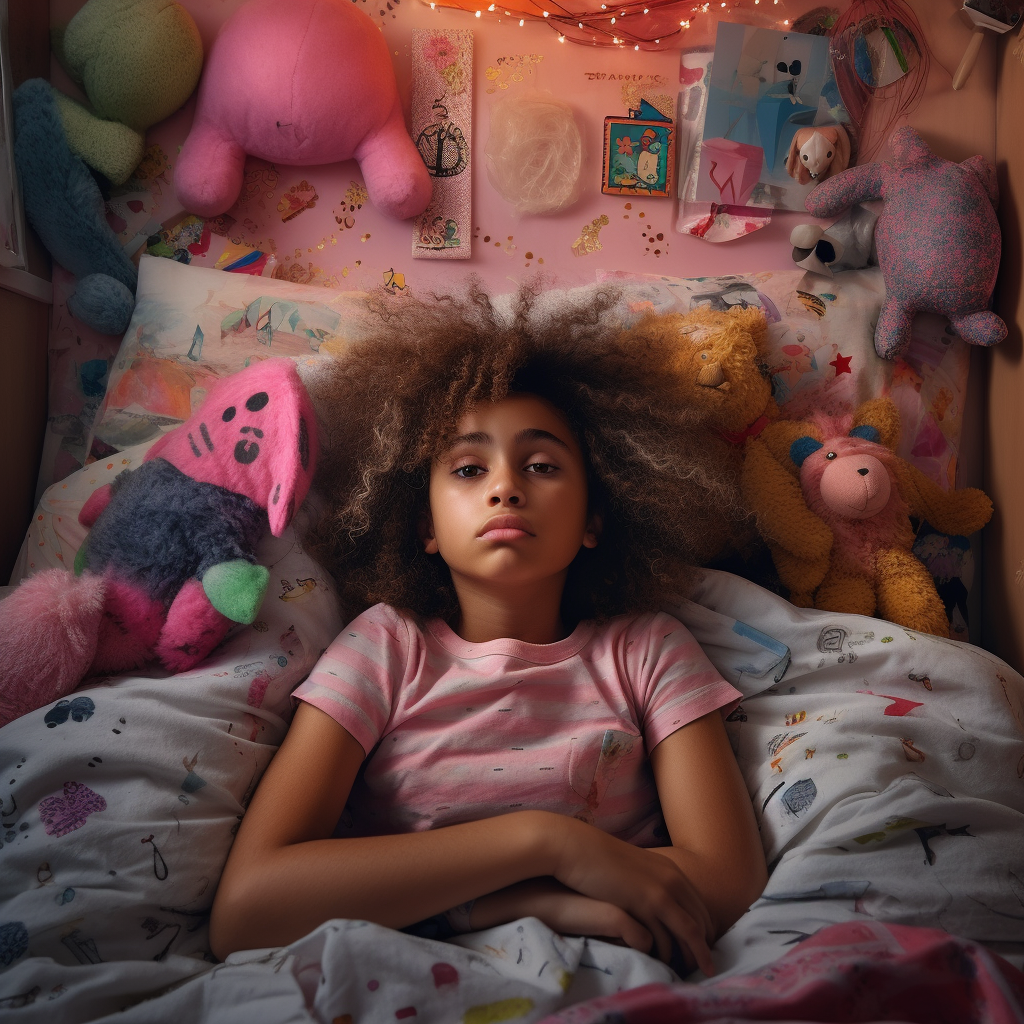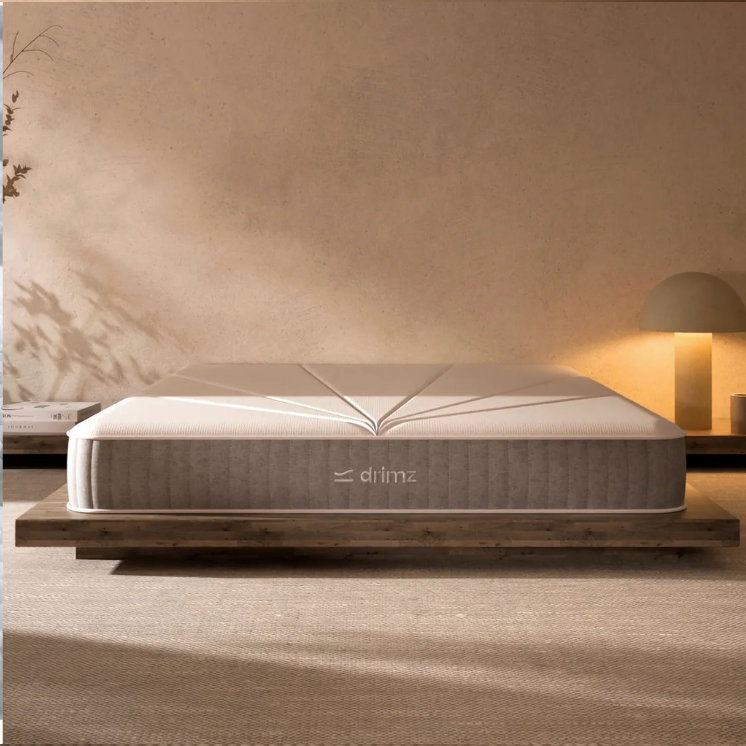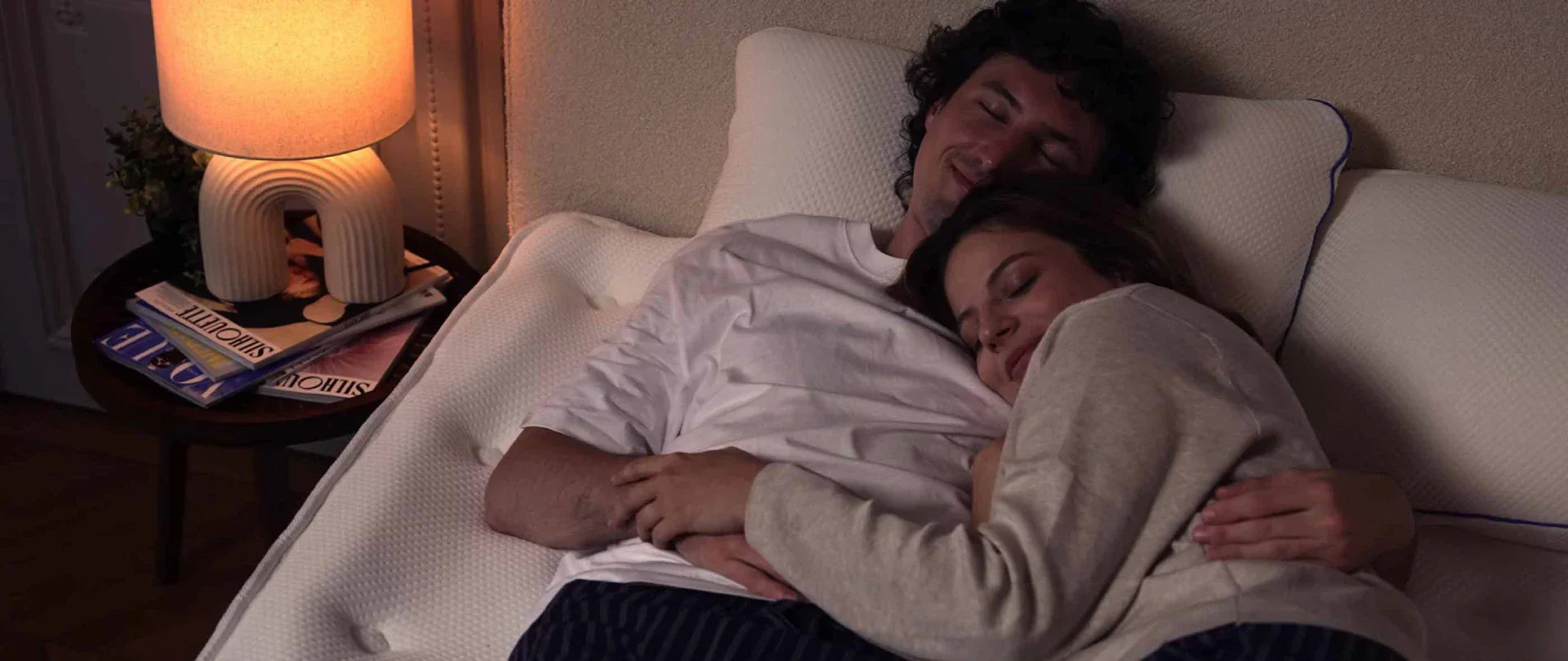
Sleep disturbances in children are a common concern for many parents. Many children have difficulty falling or staying asleep, which can lead to a decline in their physical and emotional well-being. The most common sleep disorders in children include insomnia, nightmares, night terrors, and sleepwalking. Fortunately, there are effective strategies to help children manage these sleep disorders. In this article, we will take a detailed look at the different disorders and how to address them.
Different sleep disorders in children
Sleep plays a crucial role in children's growth and development. However, many children experience sleep problems that can affect their health and well-being. Understanding these sleep disorders and knowing how to manage them is essential to promoting restful sleep in children.
Here are the most common sleep disorders in children, along with solutions for managing them:
Insomnia
Insomnia is one of the most common sleep disorders in children. According to a recent study published in the Journal of Developmental and Behavioral Pediatrics, approximately 25% of children suffer from insomnia.The solutions
To manage insomnia in children, it is recommended to establish a regular and consistent sleep routine. It is highly recommended to set regular bedtimes and wake-up times, even on weekends. Additionally, creating a sleep-friendly environment, with a quiet, dark room, a good mattress, and a comfortable pillow appropriate for their age and needs, can help promote falling asleep and staying asleep.Nightmares
Nightmares are very common in children and can disrupt their sleep. According to a 2023 study published in the Journal of Pediatric Psychology, approximately 40% of children may experience nightmares.The solutions
To help children manage nightmares, it is recommended to create a reassuring environment in their room. A soft nightlight can help alleviate fear of the dark. Additionally, encouraging children to express their emotions related to nightmares can help them feel supported and reassured. Relaxing activities before bed, such as reading soothing books or listening to soft music, can also help soothe children before sleep.Sleepwalking
Sleepwalking is a sleep disorder in which children get up and walk around in their sleep, with no memory of it upon waking. According to data from the American Academy of Sleep Medicine, approximately 15% of children may experience sleepwalking.The solutions
To manage sleepwalking in children, it is recommended to create a safe environment in their room. Remove potentially dangerous objects and ensure passageways are clear to prevent accidents. In addition, relaxation techniques such as meditation or deep breathing exercises can help calm children and prevent sleepwalking episodes.Restless Legs Syndrome
Restless legs syndrome is characterized by discomfort and the need to move the legs during sleep. According to research from the American Academy of Sleep Medicine, approximately 5% of children may be affected by this syndrome.The solutions
To manage restless legs syndrome in children, it is recommended to maintain a regular sleep routine with set bedtimes and wake-up times. In addition, here are two additional solutions for managing restless legs syndrome in children:
-
Leg massages: Before bedtime, you can gently massage your child's legs to relieve discomfort. Use circular motions and apply gentle pressure to the leg muscles to relieve tension.
-
Regular physical activity: Encourage your child to exercise regularly during the day. A study published in the Journal of Clinical Sleep Medicine in 2023 found that moderate to vigorous physical activity during the day can improve symptoms of restless legs syndrome in children. Plan active play, bike rides, or sports appropriate for your child's age and interests to promote healthy energy expenditure.
By combining these solutions specific to each childhood sleep disorder with general recommendations for promoting quality sleep, you can help improve your child's sleep. It's important to note that every child is unique, and some sleep disorders may require additional attention and intervention.
If sleep problems persist despite your efforts, it is recommended that you consult a healthcare professional specializing in pediatric sleep disorders for advice tailored to your child's situation.
By working together, you can help your child develop good sleep habits and enjoy restful rest for optimal health and well-being.





7 Mistakes to Avoid When Treating Sleep Disorders in Children
The 7 best tips for preserving your mattress